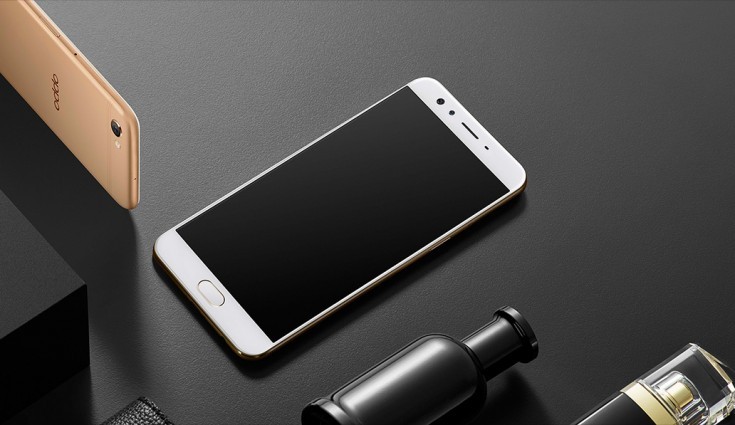God created humans in his own image. And we are now attempting to create robots in ours. Scientists have received a huge breakthrough in the same direction and have managed to create an experimental kind of electronic skin using a combination of Graphene and solar energy — that can actually allow robots to feel. The technology could allow the creation of prosthetic limbs and robots that would actually be able to feel!
Researchers at the University of Glasgow’s School of Engineering have developed a way for Graphene to generate electricity using solar power. Graphene in case you are unaware of it, is an allotrope of carbon in the form of a two-dimensional, atomic-scale, hexagonal lattice. Each carbon atom in Graphene form a vertex of the lattice. The unique framework causes Graphene to have many unique possibilities and it finds application in many cutting edge science projects.
The fact that the carbon allotrope is strong, highly flexible, electrically conductive and transparent make it highly desirable for as a skin substitute for robots and prosthetic limbs. The applications of such a skin would of course, be wide and varied. From creating more real arms for amputees to allowing robots to interact with their environment in more real ways.
For instance, the team is now starting to embark upon a path that will see them attempt to create energy-autonomous prosthetic limbs. Think about it for a second. People who have been unfortunate enough to lose limbs will be able to get a new lease with limbs that do not need charging and that can feel as well as do everything a real arm could do.
The global market for Graphene had reached almost $9 million by 2012. Most of the sales is in areas like semiconductor, electronics, battery energy, and composites industries. While it has grown even further in the intervening years, this particular development could cause a real breakthrough in the market.
The Tech Portal is published by Blue Box Media Private Limited. Our investors have no influence over our reporting. Read our full Ownership and Funding Disclosure →






